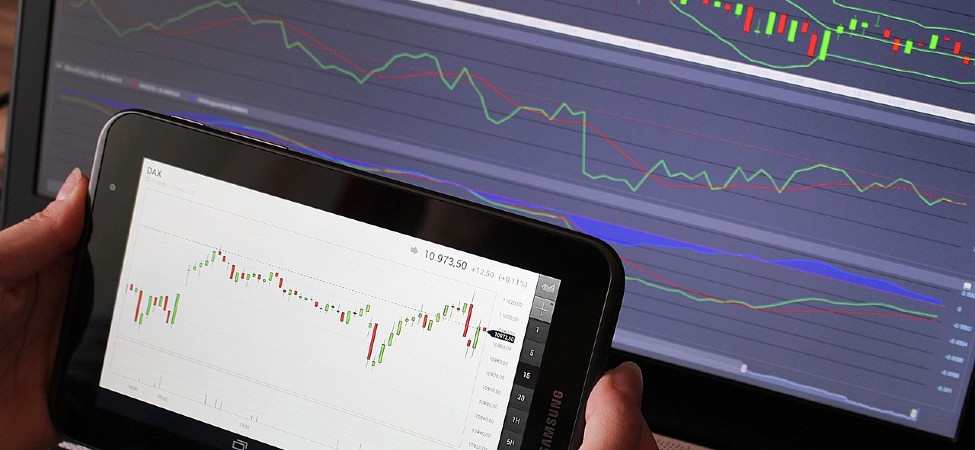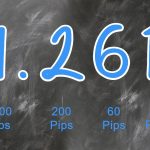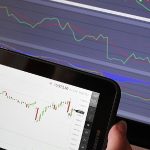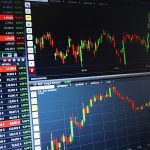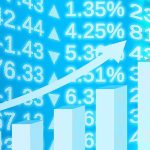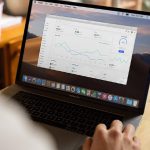Trading in the foreign exchange markets (forex) can seem like a daunting prospect for beginners. However, with some knowledge, practice, and determination, anyone can become a successful trader and start profiting from the forex markets. This beginner’s guide to profiting in forex markets will provide everything you need to get started, from a basic understanding of the markets to the strategies and techniques you need to make consistent profits.
You will learn about the different types of currency pairs, how to analyze the markets and make trades, and risk management techniques to help you stay profitable. Whether you’re a complete beginner or a seasoned trader looking to hone your skills, this guide will provide the knowledge and tools you need to succeed in the forex markets.
Types of Currency Pairs
A currency pair is the two currencies that make up the price of the trade, the “buy” and the “sell.” The most common currency pairs are EUR/USD, AUD/JPY, and GBP/USD. The first currency listed in the pair is the “base” or “first” currency, while the second currency is referred to as the “quote” or “second” currency. The forex market never sleeps, and as such, trading is available 24/5.
The main trading sessions are New York GMT (New Greenwich Mean Time), London GMT, Tokyo GMT, Sydney GMT+10, and Zurich GMT+2. During these sessions, trading volume is higher than at other times, and you are likely to find a more liquid market, resulting in more favorable trading conditions.
Understanding Market Analysis
The first step to trading profitably in the forex markets is analyzing the markets. You’ll want to take a look at market data, fundamental and technical analysis indicators, and current news events to help you determine the direction of the market and which currency pairs are likely to have the most momentum.
Whether you’re a beginner or an experienced trader, this is an essential step in trading profitably. There are several fundamental and technical analysis indicators that you can use to analyze the markets. Fundamental analysis examines macroeconomic factors, such as political and economic events and trends, to help predict currency values. Technical analysis focuses on analyzing market data, such as the price of currencies over time to forecast future trends.
Making Forex Trades
There are several different trading strategies to help you make profitable trades in the forex markets. These include Relative Strength Index (RSI) trading, trend trading, and price action trading. RSI trading uses the Relative Strength Index (RSI) indicator to identify overbought and oversold conditions in the market and find entry points. When the RSI is overbought above 70, you can look to sell the currencies in that market. When the RSI is below 30, you can look to buy in the market.
When RSI is oversold below 30, you can look to buy in the market. Trend trading looks for long-term market trends to identify entry points. When the market is trending up, you can look to buy at the low point of the trend, and when the market is trending down, you can look to sell at the high point of the trend. Price action trading focuses on short-term price movements to identify entry points.
Risk Management Strategies
Before you make any trades, you’ll want to identify your trading strategy and risk management plan. While no trading strategy is 100% foolproof, making sure to keep risk management at the forefront of your strategy is critical to long-term success in the forex markets.
There are a number of risk management strategies you can use to help keep your trading risk low. You can use a stop loss to exit a trade if it goes against you to minimize the loss on your trade. You can also use a trailing stop to follow the trade and automatically close it if it goes against you beyond a certain point. You can also use a money management strategy to help you keep risk low and stay profitable as a trader. This involves setting trading limits for each trade based on your account size.
Leverage and Margin Trading
Leverage is the ability to trade a larger amount of currency than what is in your account. In other words, you are borrowing money from your broker to increase the amount of currency you can trade. Leverage is offered by most forex brokers to help traders get started. While increasing your trading power, however, leverage also increases your risk. Margin trading is similar to leverage, but rather than borrowing money from your broker, you are using funds in your account to trade more.
Margin trading is only available to traders with large account sizes (typically $50,000 or more). There are many forex brokers that offer these types of trading, but it’s important to be careful with leverage and margin trading. While it may seem like a good idea to trade a larger amount of currency than what is in your account, it’s important to keep risk low and stay within your trading limits.
Automated Trading Strategies
Automated trading strategies are computerized trading systems that are programmed to make trades based on specific factors. While manual trading strategies can be profitable, automated trading strategies can be extremely successful—as long as you choose the right one. There are various types of automated trading strategies, including technical analysis, artificial intelligence, and evolutionary algorithms. When choosing an automated trading strategy, make sure to do your research. Look at other traders’ experiences with the system, and make sure it’s right for your risk tolerance level and the cash amount.
Choosing a Forex Broker
When choosing a forex broker, there are a number of things to consider. First, make sure it’s regulated by a reputable regulatory body. This can be done by checking the “Financial Services” section of the broker’s website to see if it’s regulated by a regulatory body in the country where it’s based.
Next, make sure the forex broker is top tier. You can do this by reviewing third-party forex broker rankings and reviews. These can be found online, and they’ll give you an idea of the quality of service you can expect from a particular broker. Finally, make sure the forex broker has the features and tools you need to trade successfully and profitably.
Forex Trading Courses
One of the best ways to get started in the forex markets is with an introductory trading course. A forex trading course will give you a solid foundation in the basics of trading in the forex markets. You will learn about the different types of currency pairs, how to analyze the markets and make trades, and risk management techniques to help you stay profitable.
Conclusion
There is a great deal of money to be made in the forex markets, but it is a competitive and challenging industry. If you are willing to take the time to learn the basics, practice, and remain disciplined, you can become a successful trader and start profiting from the forex markets.
This beginner’s guide to profiting in forex markets will provide everything you need to get started, from a basic understanding of the markets to the strategies and techniques you need to make consistent profits. You will learn about the different types of currency pairs, how to analyze the markets and make trades, and risk management techniques to help you stay profitable.

